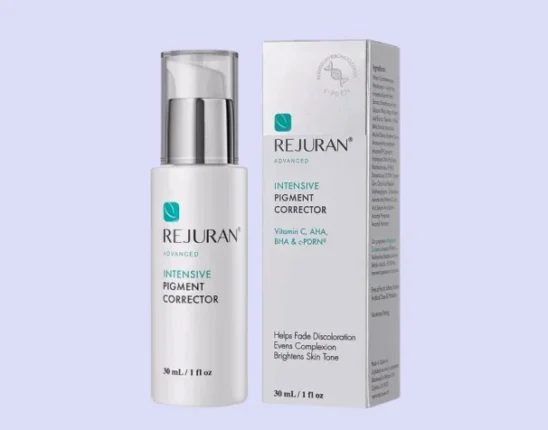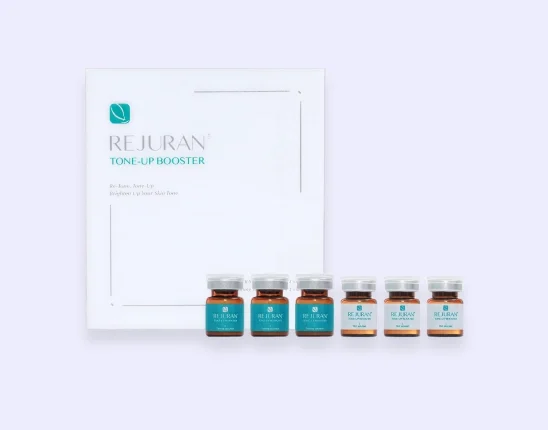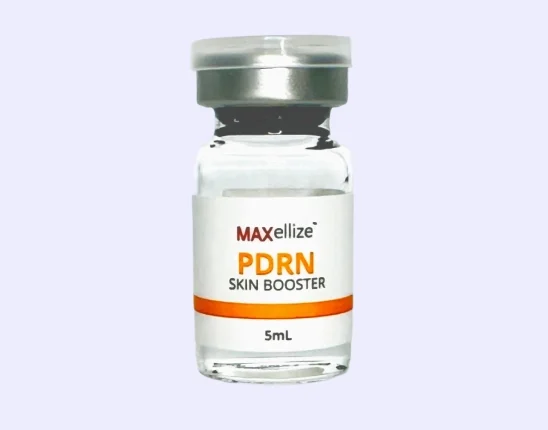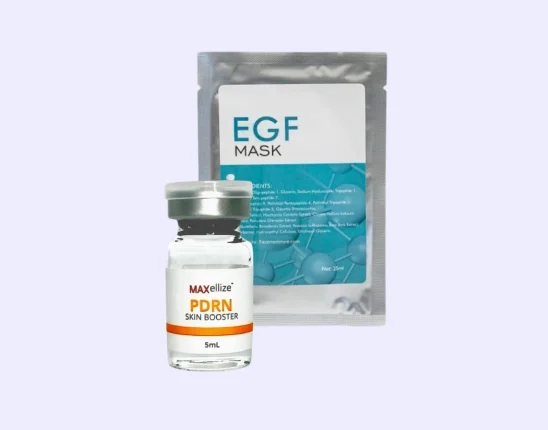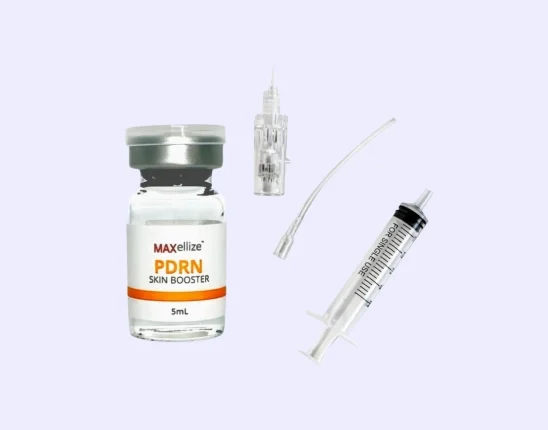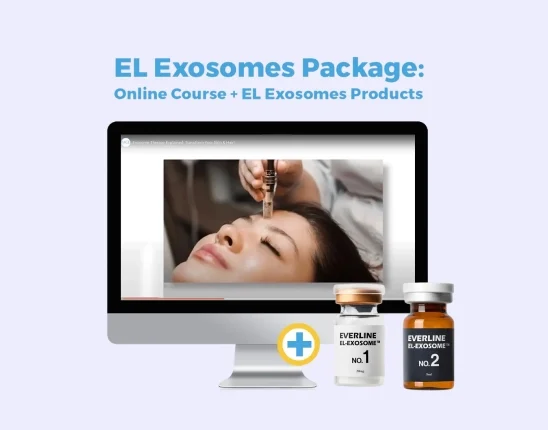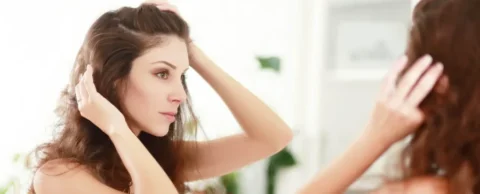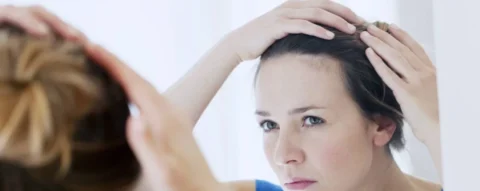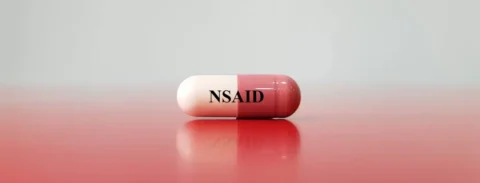Androgenetic alopecia (a hereditary hair loss also called pattern baldness) and other types of hair loss continue to make experts skeptical up to this moment. A treatment for hair loss is continuously being researched, even turning to regenerative medicines for a solution. One of the treatments to address female hair loss (and other hair loss disorders) that are being considered includes platelet-rich plasma.
So what’s a platelet-rich plasma hair growth formulation for hair loss? It’s an autologous formulation derived from the patient’s own blood containing growth factors secreted by human platelets. It may be administered in various ways such as by injection into the scalp when used against hair loss. Since it’s from your own body, it only poses minimal side effects such as mild pain, bruising, among others.
What’s PRP?
Platelet-rich plasma is an autologous preparation borne from research in regenerative medicine, meaning it’s derived from the same individual who will be using it. It may be considered as a natural remedy since it’s a formulation composed of blood cells and many biological factors (growth factors, cytokines, lysosomes, among others) where they owe their many clinical applications. Examples of the biological factors present in platelet-rich plasma formulations which are mostly secreted by blood platelets include:
- Platelet-Derived Growth Factor (PDGF) – PDGF is a growth factor responsible for the growth and proliferation of several cells such as fibroblasts, smooth muscle cells (SMCs), and glial cells. It’s also implicated in the growth and development of organs such as the lungs and the heart.
- Vascular Endothelial Growth Factor (VEGF) – VEGF is a growth factor responsible for angiogenesis or the formation of new blood vessels. It functions in the growth and proliferation of endothelial cells.
- Epidermal Growth Factor (EGF) – EGF is a growth factor responsible for the growth and proliferation of different cells such as keratinocytes, fibroblasts, and endothelial cells. It’s also said to be present in colostrum and human milk.
- Insulin-Like Growth Factor-1 (IGF-1) – IGF-1 is a growth factor implicated in protein synthesis and also functions in enhancing bone formation by promoting the growth and differentiation of osteoblasts or bone cells.
- Fibroblast Growth Factor – Fibroblast growth factor is the representative growth factor of a subfamily of the same name that functions for cellular proliferation, cell migration, cell differentiation, and angiogenesis (production of new blood vessels).
- Hepatocyte Growth Factor – The hepatocyte growth factor is a mitogenic factor secreted by mesenchymal cells that functions in the stimulation of epithelial cell proliferation, differentiation, and angiogenesis.
How PRP Is Prepared And Administered
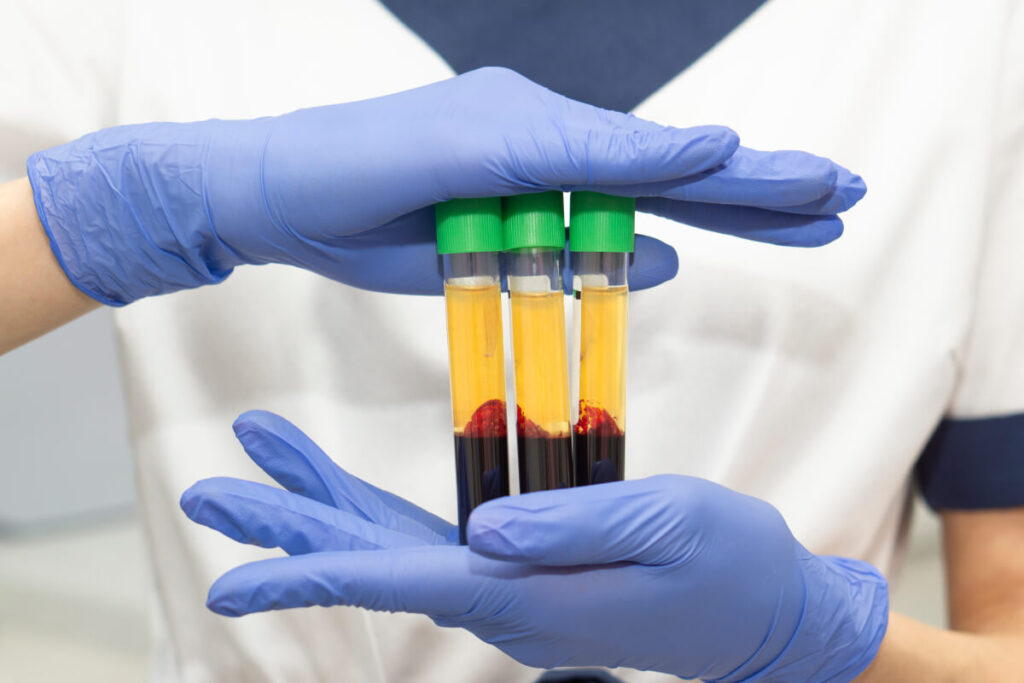
Platelet-rich plasma (PRP) is prepared first through a blood draw from a peripheral vein of the same patient that will be using it. It will then undergo several processes of centrifugation to obtain platelet concentrations and with platelet-poor plasma as a waste product. Activation through calcium chloride, calcium gluconate, or sodium citrate is done upon the addition of these chemicals to the PRP product. The PRP formulation may then be administered through interfollicular injections for pattern hair loss in the frontal scalp or other areas of concern, or intravenously for other purposes.
How PRP Works Against Hair Loss
Patients with hair loss benefit from platelet-rich plasma therapy for hair loss through the stimulation of the production of new blood vessels. This leads to improved blood flow in the scalp and better thickness of hair follicles. Hair length growth is also encouraged by PRP shots through prolongation of the anagen phase (the stage of active growth) in the hair growth cycle.
While it isn’t a cure for baldness because of the disorder’s multifactorial nature, PRP is still an effective hair loss treatment. It still provides an increase in hair density and an improvement in hair growth of patients experiencing progressive hair loss.
This is evidenced by animal models and other studies regarding the efficacy of PRP following a study protocol that usually involves microscopic evaluation, morphometric analysis with corresponding morphometric criteria, outcome assessors such as an assessment scale using follicular units, and statistical analyses using an analytic software.
Other Benefits Of PRP
Aside from hair loss, the body may also benefit from PRP in other ways. These effects are brought by PRP to the body generally through the promotion of the body’s natural healing process. Such benefits include the following:
- Post-surgical healing – Post-surgical healing is expected to be hastened with the use of the autologous platelet-rich plasma. Patients who underwent surgeries such as carpal tunnel syndrome surgery and pilonidal sinus surgery have experienced an improvement in the duration to which they experience the after-effects of surgery. They have seen an improvement in pain duration and an earlier return to normal activities.
- Improved healing of sports injuries – Athletes, sports enthusiasts, and those with an active lifestyle may sometimes experience injuries associated with the sports they engage in. PRP can help in managing these injuries so the injured patient may return to their favored activities. For example, those with Achilles tendinopathy have felt cellular and clinical improvements in their symptomatology. Those with cartilage injuries and musculoskeletal conditions also experience improvements in their symptoms as well.
- Osteoarthritis – The management of the painful inflammation leading to osteoarthritis may be helped with PRP injections, especially when the administered dose is the proposed optimal dose of 10 billion platelets in 8 mL. A blinded study about PRP has shown that a good response and better recovery time may be expected in patients of osteoarthritis who have undergone PRP therapy, compared to those who haven’t.
- Skin rejuvenation – Studies have shown that PRP can help improve the outcomes of different anti-aging modalities by restructuring the skin from the genetic to tissue level. PRP therapy can help tighten the skin and protect it from the damaging and aging effects of sunlight.
Side Effects Of PRP
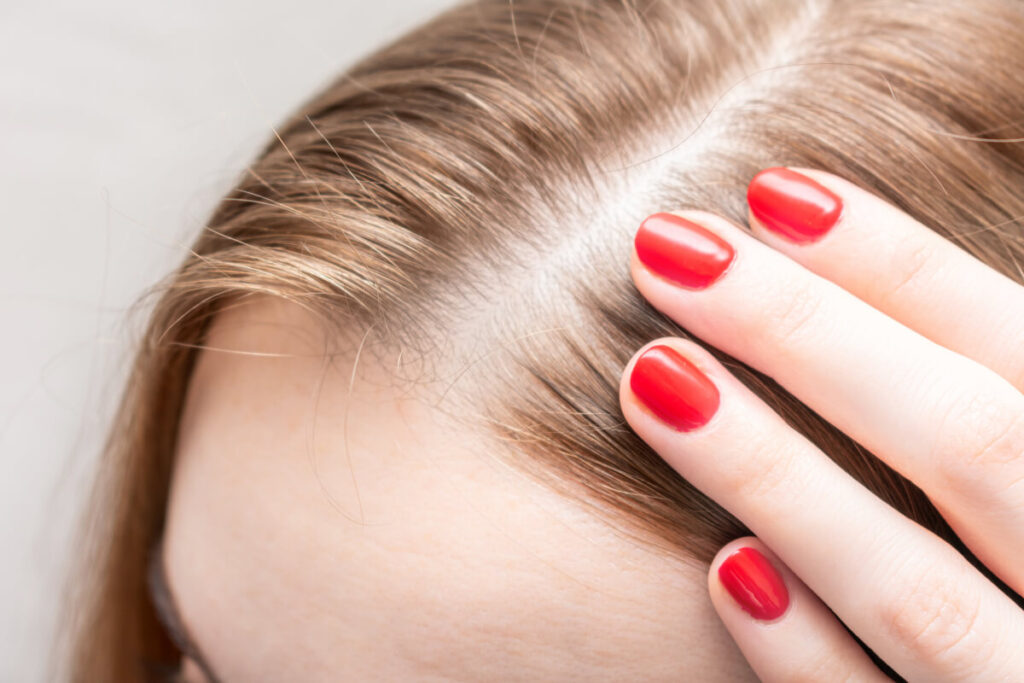
Minimal discomfort of the hair skin epidermis may be observed due to the inflammatory processes stimulated by PRP (note that pain is a cardinal sign of inflammation). Blood clots and bruising may also result from injection along with nerve injuries and tissue damage that may occur in unskilled hands. An allergic reaction to the anesthetics that may be used to numb the PRP treatment may also occur.
Not all patients are also amenable to undergoing PRP treatment. These patients include those with a medical history of critical thrombocytopenia (or low platelet count), and acute or chronic infections (especially herpetic lesions as PRP may trigger cold sores).
Regardless, PRP is still a minimally-invasive procedure with minimal side effects when compared to other invasive treatments that promote active hair growth like hair transplant surgery. Patients can expect that they can return to their normal activities as soon as possible after the treatment.
Pre- And Post-Care Procedures For PRP
Prior to the procedure, the patient must be advised to discontinue blood thinners or other anti-inflammatory medications due to their effect on platelet activation (remember that the efficacy of PRP lies on the concentration of platelets and the secretion of bioactive products by these platelets).
This discontinuation of the anti-inflammatory drugs must also be under the supervision of their healthcare provider to avoid the possible adverse effects that may occur upon the stoppage of the said medications.
After the procedure, extremes of temperatures must be avoided, such as applying cold compresses for at least 72 hours and going to hot baths and saunas. Taking a bath should also be avoided within 24 hours after the procedure. Drinking alcoholic beverages and smoking tobacco products should be avoided as well.
How Long The Results Of PRP Last
Clinical improvements may be observed at least 2 to 6 weeks after undergoing the PRP procedure, which may vary and depend on the purpose for which it was used. It may even go as long as 12 months also depending on your response to the treatment.
PRP treatment results also aren’t permanent. Patients who underwent this procedure are advised for follow-up and maintenance treatments every 6 to 12 months to maximize its benefits.
PEP Factor: The Best Hair Restoration Treatment
Solving androgenic alopecia with platelet-rich plasma is more optimal and improved upon through the use of another innovative formulation, the PEP Factor.
PEP Factor is a ready-made formulation made of natural products which can promote scalp health. It contains natural ingredients such as different proteins and also contains nourishing products that help the scalp hold on to more hair follicles. This formulation may also be used to improve skin health and appearance through skin rejuvenation.
These effects may be achieved through its potent ingredients that include the basic fibroblast growth factor (bFGF), a growth factor that’s known to promote cell proliferation and growth, and copper peptide, a known ingredient with antioxidant benefits.
PEP Factor, aside from its efficacy, also has a good safety profile. Its side effects are minimal due to its natural ingredients and topical administration. It may be safely complemented with other procedures and formulations, including PRP and microneedling.
Get Expert Hair Restoration Products And More At FACE Med Store
The platelet-rich factor formulation is indeed an innovative and effective way to improve hair count and help in hair regrowth. It’s a formulation dependent on concentrations of platelets because it utilizes the benefits from growth factors secreted by platelets that arise through their capacity for cell growth and wound healing. It’s minimally invasive and thus has minimal side effects compared to invasive techniques such as hair transplantation.
At FACE Med Store, we’re committed to providing the best cosmetic products available, one of which is hair restoration. We ensure that we offer only safe and effective formulations and equipment suitable for our clients. Contact us now at (800) 770-9083 or info@facemedstore.com to learn more about the services we offer and to help you come up with an effective treatment plan suitable for the needs of your patients.
